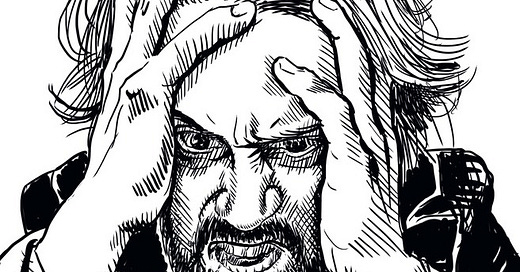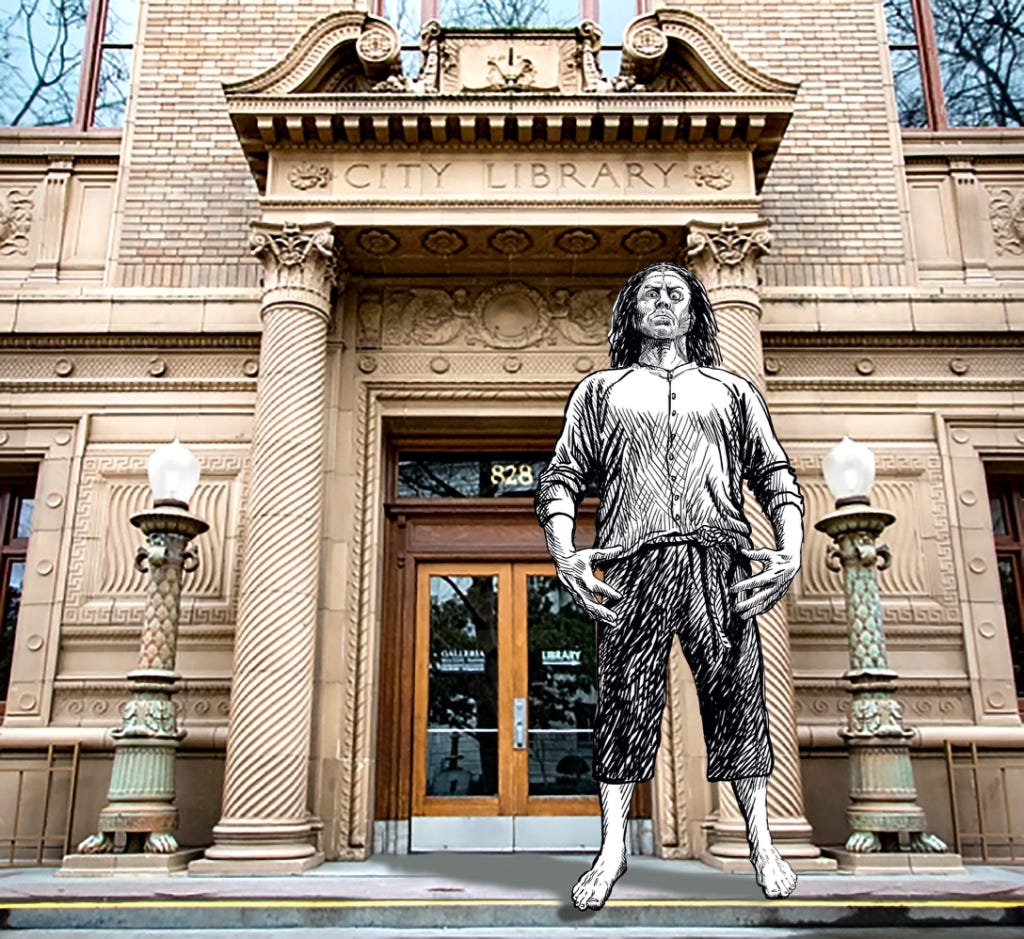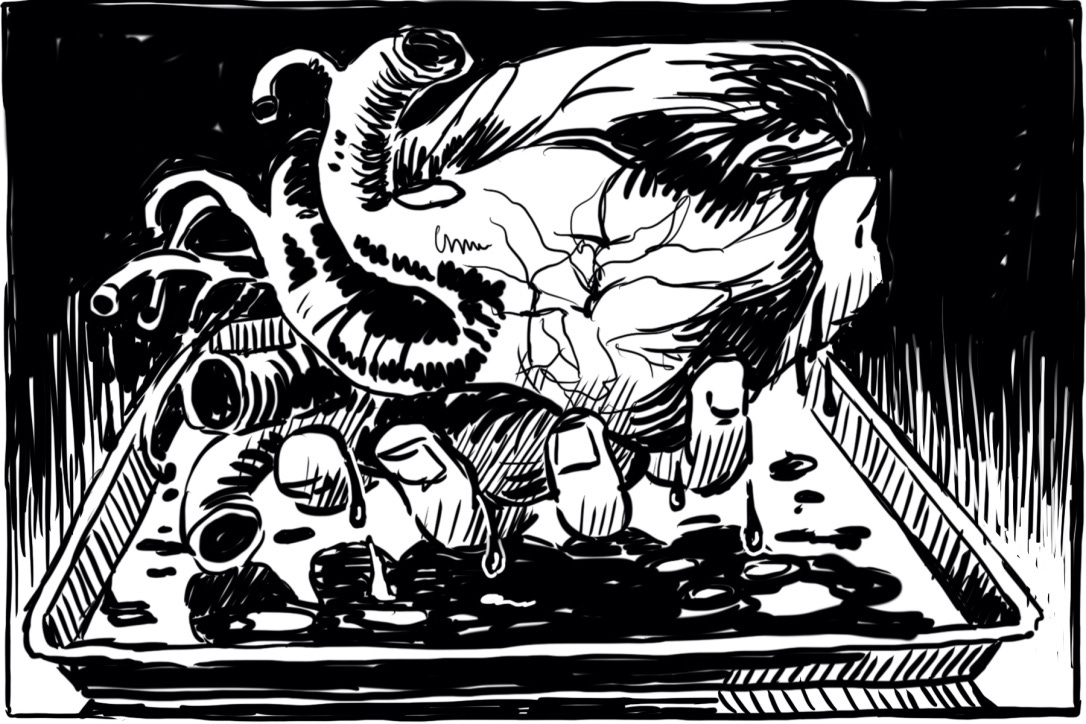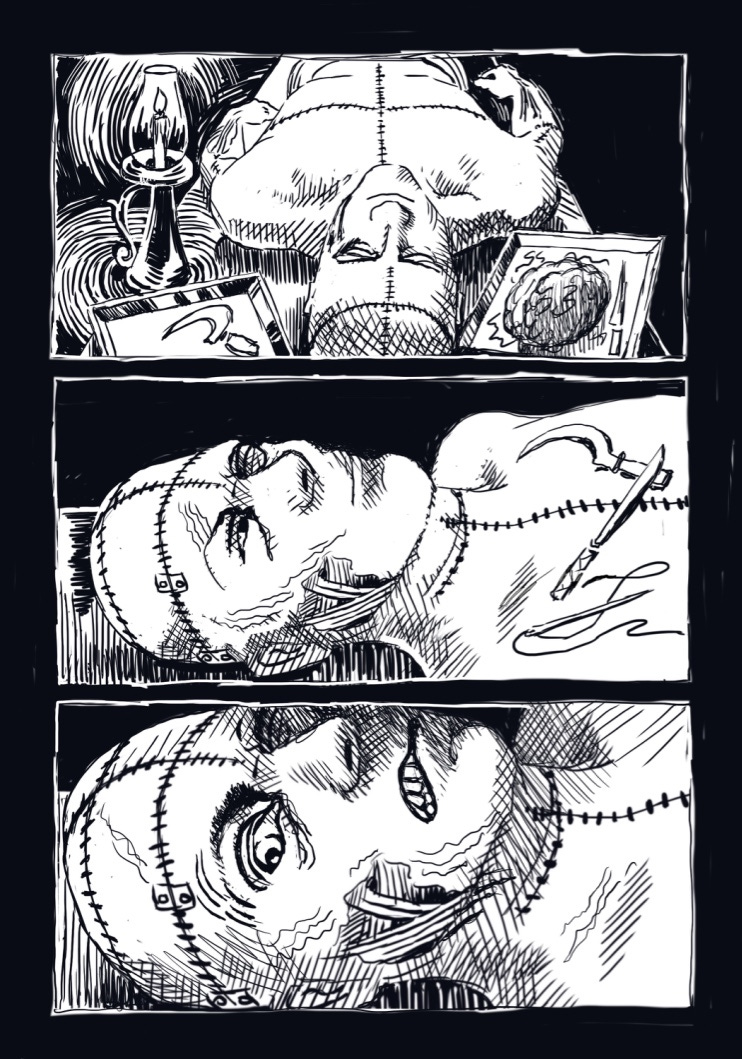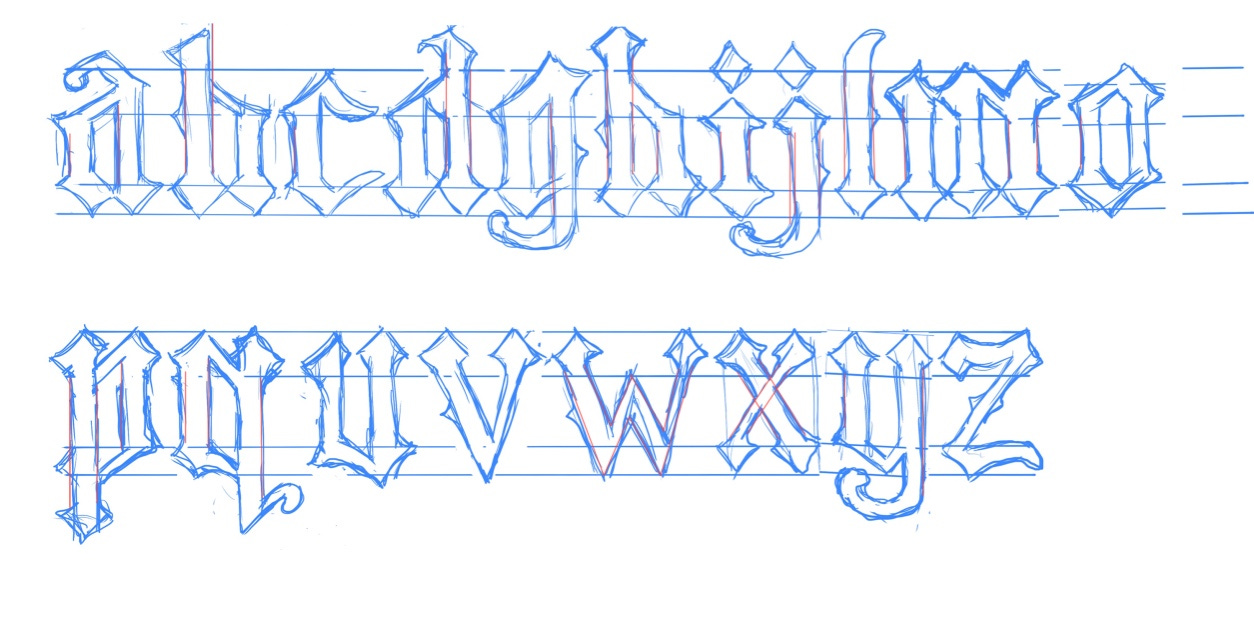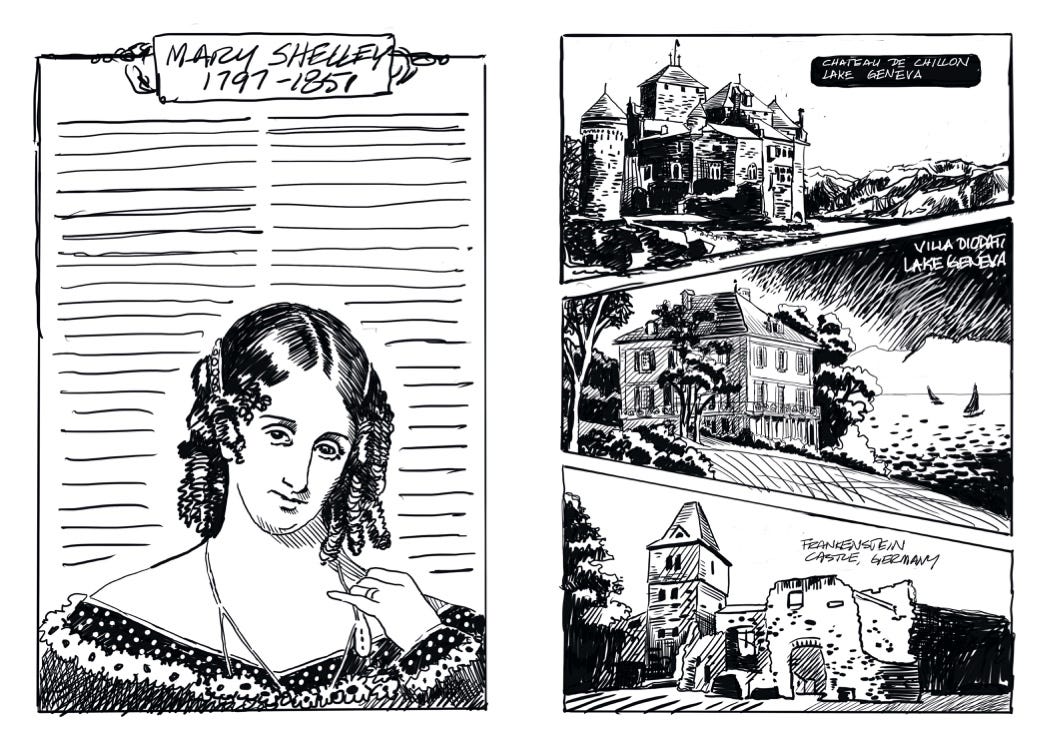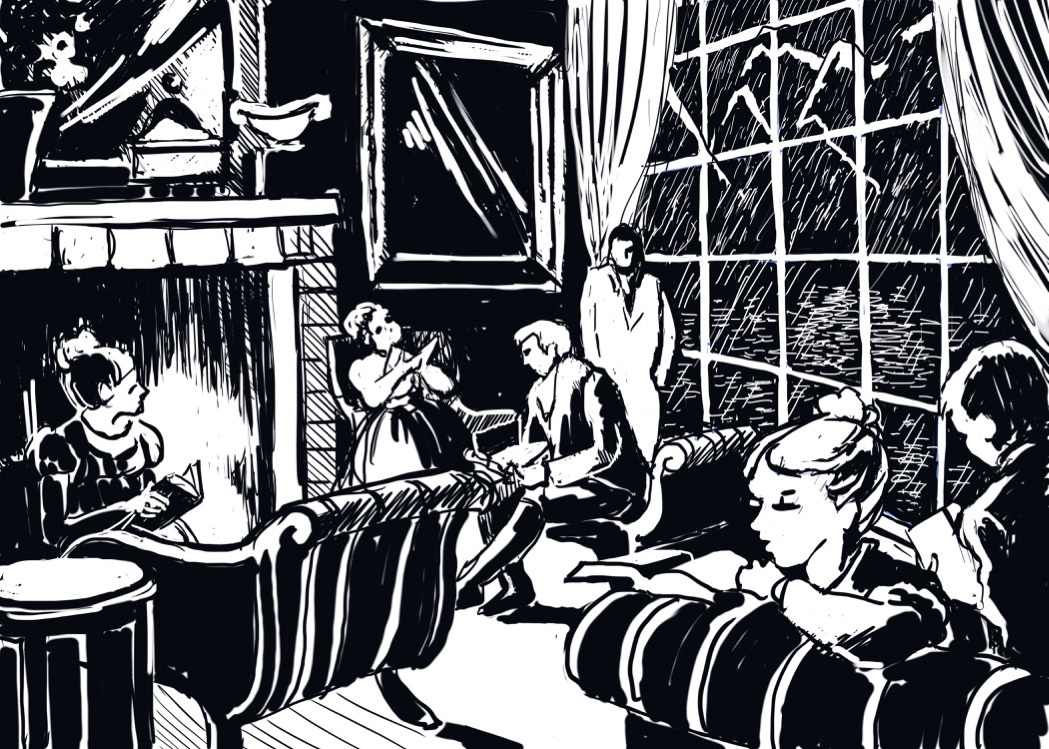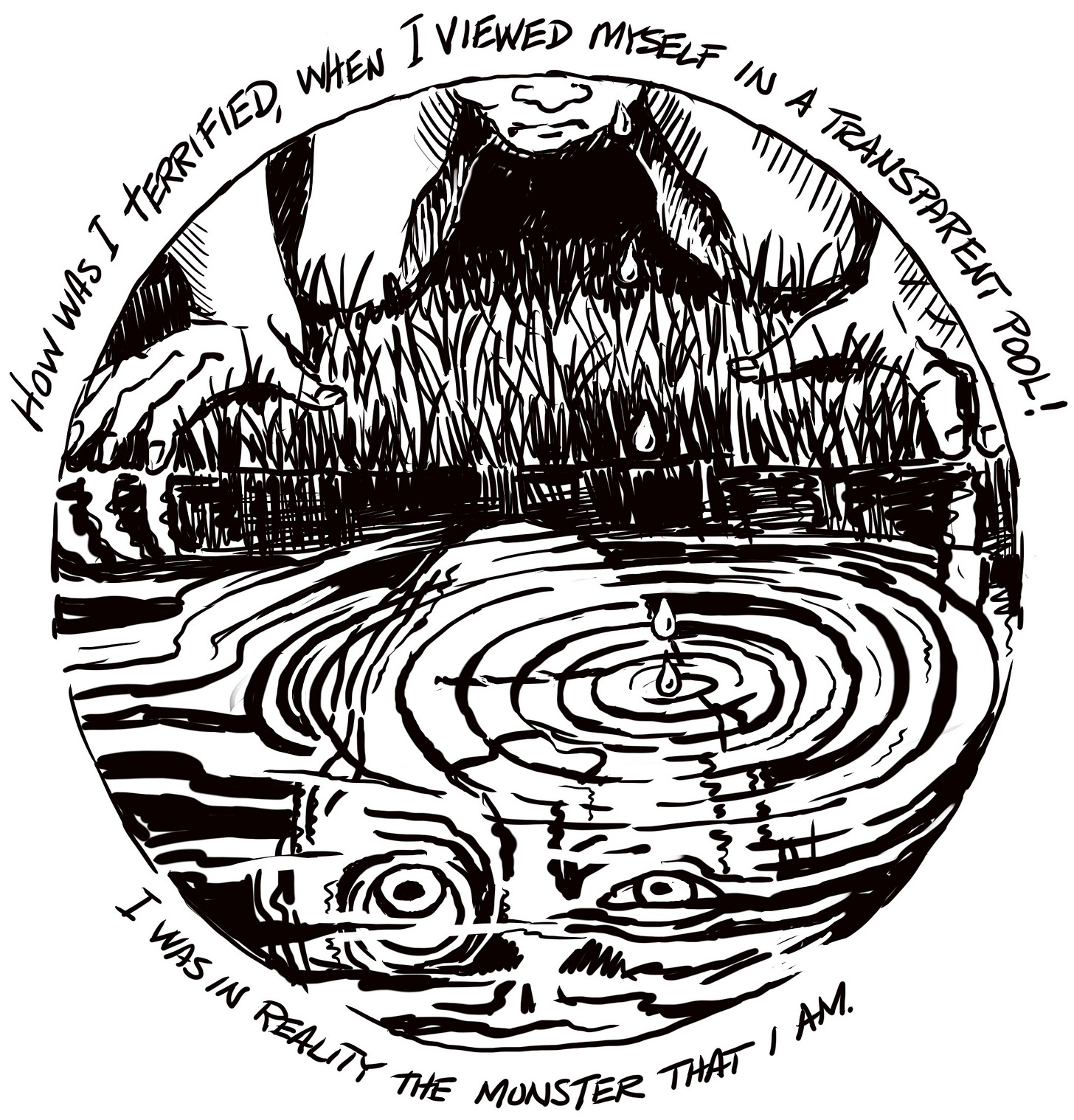What makes "Frankenstein" even more relevant today?
After creating a graphic interpretation, I know the answer but with irony, asked AI anyway
In 2017, at a dinner party, the Director of the Sacramento Public Library talked about her wish to create a book to celebrate the 200th anniversary of the publication of Frankenstein. I blurted, “I’m in!” And thus began an amazing experience, my interpretation of this timeless novel–graphically.
I’d never read the book, though greatly influenced by “Young Frankenstein,” 1974, taking any opportunity to hunch over and say, “Walk this way.” What a privilege–to read carefully and edit out any passages that I could illustrate. I started the project with a library editor who quickly became frustrated with me. “If you edit the text, it’s not Shelley’s voice,” she said, and I replied that if a reader wants her voice, they should read the original text. This, I tried to explain, is an interpretation.
Though I use AI for research only, it’s both ironic and appropriate to turn to Claude AI for a summary as to what makes this book more relevant and prescient than ever:
Frankenstein remains strikingly relevant because it anticipated many of the ethical dilemmas we face with modern technology. Mary Shelley essentially wrote the first cautionary tale about scientific hubris and uncontrolled innovation - themes that resonate powerfully in our age of AI, genetic engineering, and biotechnology.
The novel's central question - what happens when we create something beyond our understanding or control - feels urgent today as we develop increasingly sophisticated AI systems and gene-editing technologies. Victor Frankenstein's rush to create life without considering the consequences mirrors contemporary concerns.

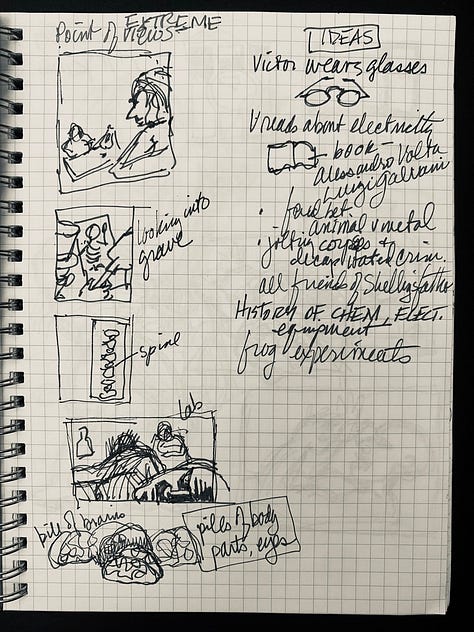
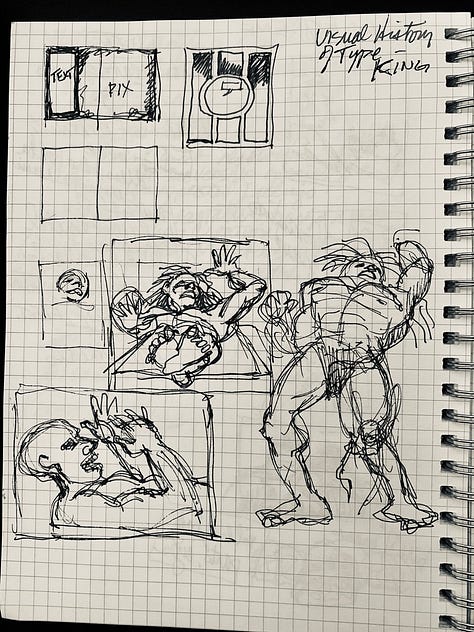
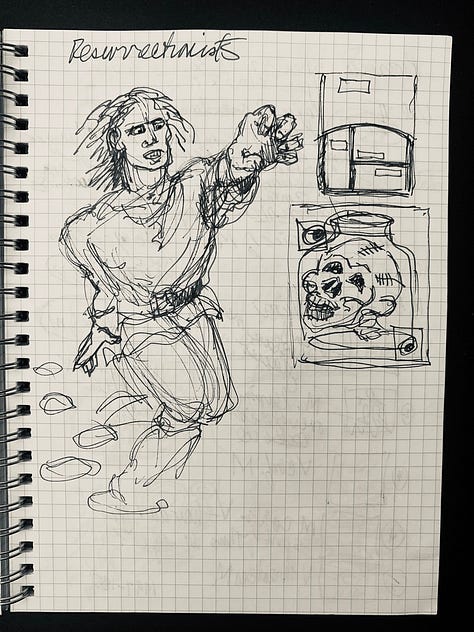
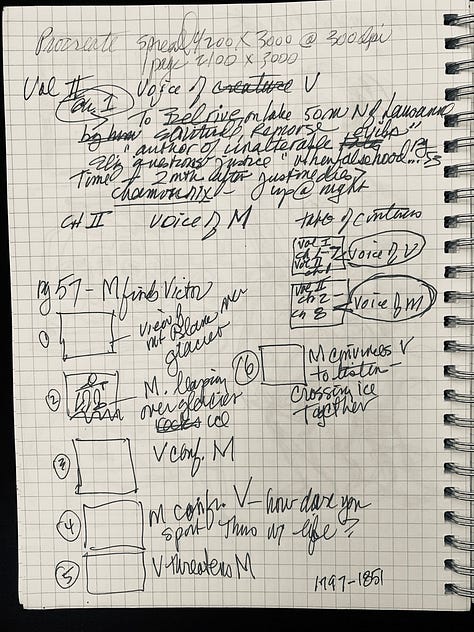
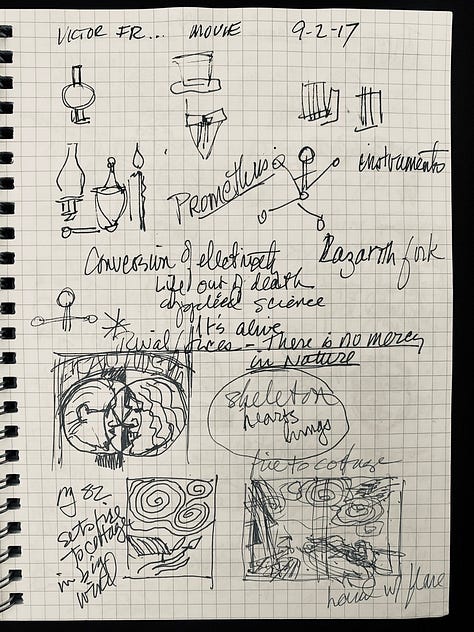
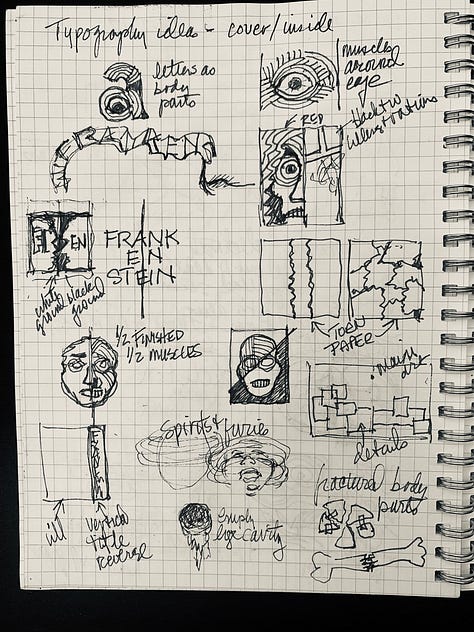
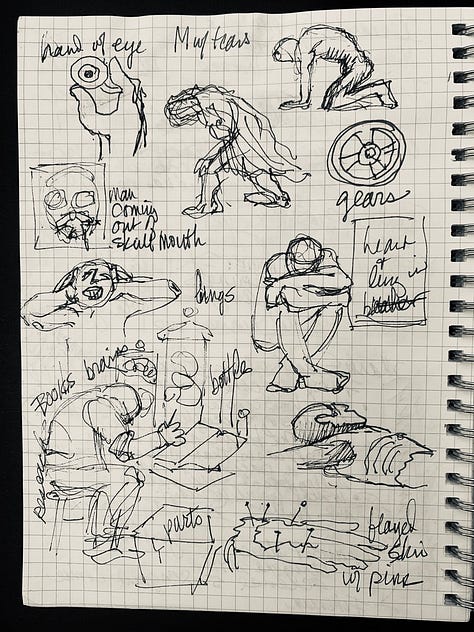

First, I had to decide how I imagined the monster and decided that, because it was intelligent, it needed two brains. Starting with an image of a skull, I built layer upon layer, muscle on bone, skin on muscle. The monster, created bald, grew hair to show the passage of time. As models, I used my friends. For the monster, I used my son.
Body parts, stolen from graves.
The creature's struggle with identity, belonging, and rejection also speaks to modern anxieties about otherness and social isolation. In an era of increasing polarization and digital disconnection, the monster's eloquent pleas for understanding and companionship feel particularly poignant. His turn toward violence after being repeatedly rejected raises uncomfortable questions about how society creates its own monsters through exclusion and dehumanization.
The novel's exploration of what makes us human becomes more complex as we develop technologies that blur those boundaries. Shelley's questions about consciousness, responsibility, and the nature of humanity become not just philosophical but practical.
The Process
An iPad Pro, an Apple pencil and the miraculous drawing software, Procreate, made this project possible. Shelley was inspired by castles, including Chateau de Chillon on Lake Geneva, a haunted place I visited after experiencing my own ghost in Paris, 1972.
Frankenstein warns against the dangerous combination of ambition and isolation. Victor's secretive, obsessive work - done without collaboration, oversight, or consideration of consequences.

